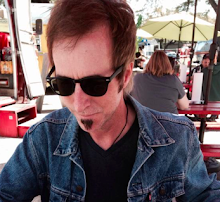The most important part of your social media presence is not what your hospital or practice has to say, but what your patients have to say – especially to one another. Peer-to-peer interaction is the heart of social media. Likewise, it’s an important variable in the health care.
According to a 2011 study conducted by the Pew Research Center, one in four Internet users living with a chronic illness has gone online to find other people with similar health needs. As a trusted source for health care information, you can use social media to reinforce that role by creating a channel for their connectivity. Your effort provides value and supports patients during their journey to wellness.
Unfortunately, too much of what happens in a health care brand’s social media strategy is marketing and public relations centric. “We’re sponsoring a 5K.” “We have the best doctors.” “Our ER is fast.” And so on.
What if instead of posting constrained content that merely announces information to your community, you published open-ended content that creates engagement and starts conversation within it?Conversations that you can move in and out of as teacher and learner. Conversations wherein your fans and followers learn from one another.
But what are these conversations and connections really about? In a word, hope. Patients and their friends are hoping to find answers, information, advice and empathy. They are hoping to find someone who truly “gets it” or who shares their experience and has made it through. They are in a word hoping to find – hope.
Patients want to connect with you but they also want to connect with one another. Use your social media presence to facilitate their efforts.
Consider this tip from Bigfish Communications Specialist Brittany McManus:
Want to start a conversation? Try this:
· Decide to use your social media presence to connect your patients with one another.
· Pick a health issue and encourage conversation by relating the story of a survivor (i.e. cancer in remission) or promoting wellness visits (i.e. prostate exams).
· Invite your social media connections to relate their own first-person experiences via comments to your posts.
Your efforts will lead to connections, enable shared experiences and offer hope for better health outcomes.
